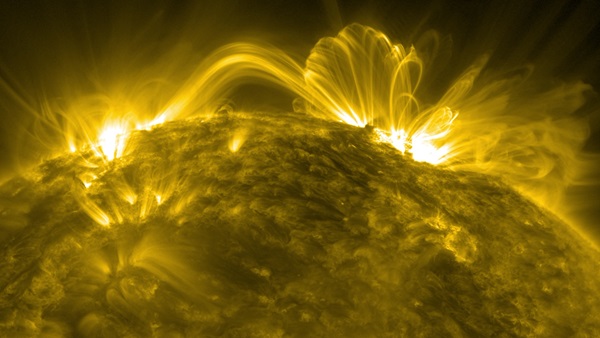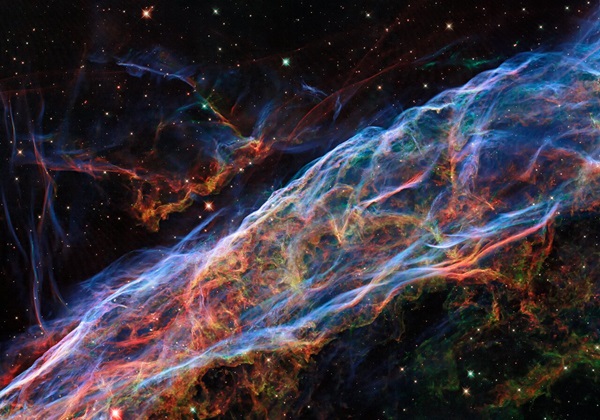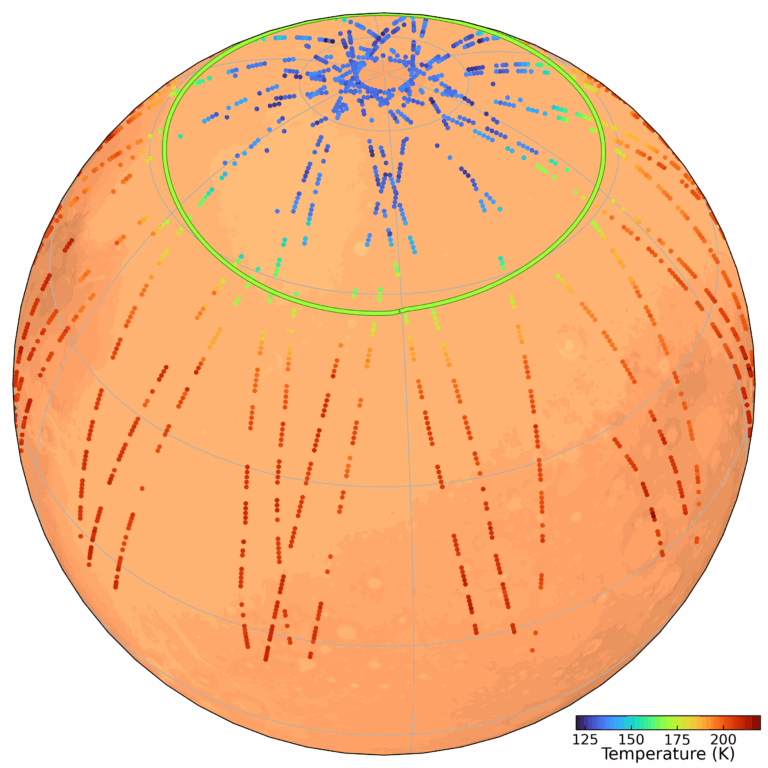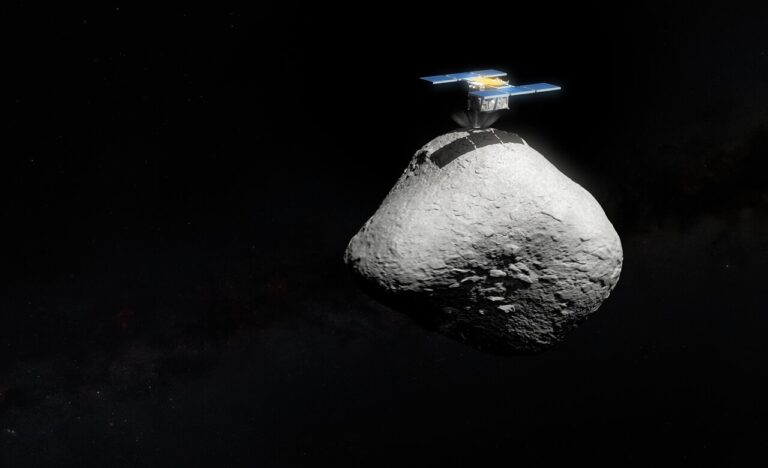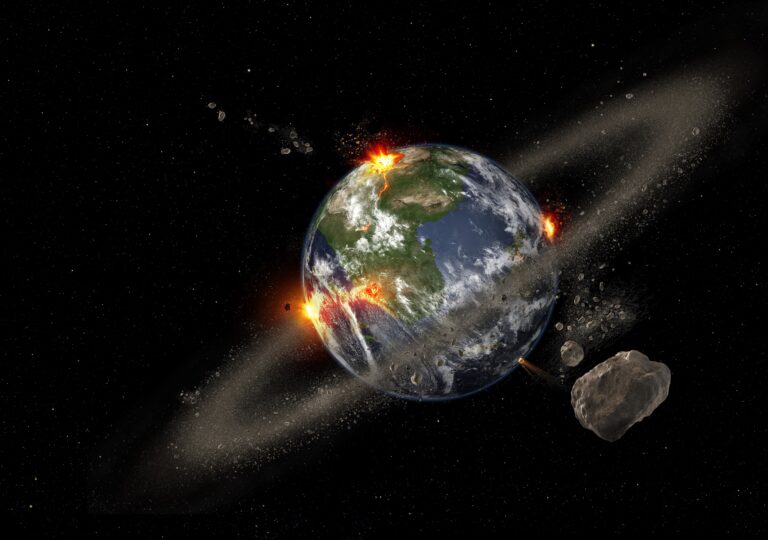Key Takeaways:
Some of the most spectacular features on the Sun are its coronal loops — incandescent structures of hot plasma that arc for thousands of miles above magnetically active regions of the Sun, forming what appear to be curving strands.
But appearances can be deceiving. Now, a team of solar physicists say these iconic structures may not actually be loops at all. Instead, the loops may be an illusion rooted in a more complex structure — a magnetic sheet or curtain that is being pulled and wrinkled. The team call this the coronal veil, and they think that bright coronal loops appear where the veil is wrinkled and our line of sight runs through more of it.
The insight came from exploring simulations of the Sun’s magnetic field published March 2 in The Astrophysical Journal.
“I have spent my entire career studying coronal loops,” said Malanushenko, a researcher at the National Center for Atmospheric Research in Boulder, Colorado, and the study’s lead author, in a statement. “I never expected this. When I saw the results, my mind exploded. This is an entirely new paradigm of understanding the Sun’s atmosphere.”
Lifting the veil
For decades, scientists have generally assumed that coronal loops are what they look like — strands of hot glowing plasma. Because plasma consists of particles with an electric charge, their movements are influenced by the Sun’s magnetic field. Physicists say that plasma is “frozen in” to a magnetic field: The magnetic force guides plasma along magnetic field lines, the same lines that iron filings trace out around a bar magnet. Therefore, it’s not much of a stretch to think that these bright loops are thin strands of frozen-in plasma, following the curvature of the magnetic field.
However, there are a couple issues with the strands hypothesis that call it into question. One is that magnetic field lines tend to fan out further from their source — whether that source is a bar magnet or a group of sunspots. That means if coronal loops are strands that trace magnetic field lines, they should also fan out and get wider high above the Sun’s surface. But that’s not what observations show. “The consensus is that they do expand with height but not nearly as much as we think they should,” Malanushenko told Astronomy.
The other issue with the strands hypothesis is related to how the Sun’s atmosphere becomes less dense further away from its visible surface. This means that the tops of coronal loops should also be thinner and therefore not as bright as at their bases. Instead, they maintain a relatively even brightness from top to bottom.
But these inconsistencies go away under the veil hypothesis, where the loops don’t correspond to compact plasma strands, but are instead a perspective effect caused by wrinkles in a sheet of plasma. The effect is analogous to a thin veil: When the material bunches up so that we see it edge-on or is folded so that we are looking through multiple layers, it absorbs more light and blocks our view of what is behind it. Of course, because plasma in the solar corona is emitting light — not absorbing it — such wrinkles appear brighter to us, not darker.
Hard to test
The fact that we don’t have much experience with thin sheets of glowing gases in everyday life is likely part of the reason the wrinkled veil hypothesis hasn’t been seriously considered before, says Malanushenko.
But there are some astrophysical precedents in the night sky — most famously, the Veil Nebula, which consists of the remnants of an expanding cloud of debris from a supernova in the constellation Cygnus 10,000 to 20,000 years ago. The object consists of what appear to be ropelike filaments, but the common explanation is that the expanding shock wave of heated gas forms a thin layer that is visible to us only when it is wrinkled and bunched up along our line of sight.
For the Sun, the team backs up the veil hypothesis qualitatively with examples from a widely used model of the solar magnetic field called MURaM, developed by researchers at the Max Planck for Solar System Research in Göttingen, Germany, and the University of Chicago.
“I was very excited that in a simulation, I could take a scalpel and slice the model in different sections, isolate individual loops, and study them,” says Malanushenko. “And what I saw was nothing like what I expected.”
Features that appeared like coronal loops from one angle, when viewed in cross section, were not bundles of strands but swirling sheet-like features.
The team readily acknowledges that much more work must be done to verify their hypothesis — and there are plenty of challenges in doing so observationally, says Malanushenko. The team thinks the structures are so complex that even with multiple viewpoints, it would be very hard, if not impossible, to tell which loop is which and determine the geometry of the veil, if it exists.
Making direct measurements of the coronal veil with spacecraft is also beyond our capabilities at the moment. NASA’s Parker Solar Probe, launched in 2018, will make the closest ever approach by a spacecraft to the Sun, coming within 4 million miles (6.4 million kilometers) of its visible surface. But to directly sample coronal loops or make in situ measurements, a craft would have to get about 1,000 times closer.
For now, the team plans to follow up by performing more modeling and comparing the results to observations. One strategy to distinguish between the loop and veil theories is to look at the contrast in brightness of apparent loops, as well as the space between them. Strands should stand out starkly against their background, while a veil would result in more diffuse emission between the bright wrinkles.
It’s possible that improvements in modeling will enable a stronger observational strategy, says Malanushenko. “Given the strength of this impact, yes, we should be careful. We should look for observational confirmation.”

